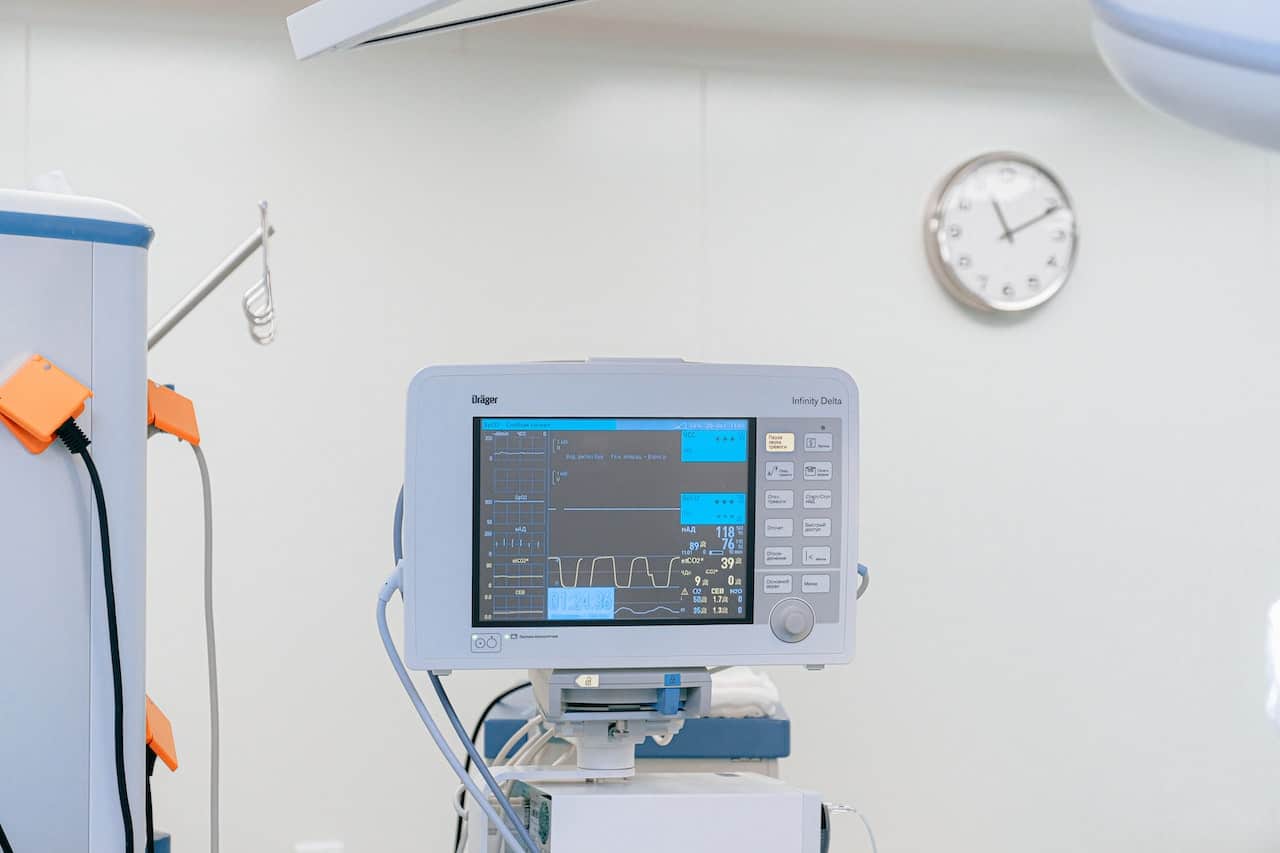Healthcare Supply Organisations (HDOs) have a low tolerance for service interruptions to network-connected gadgets and tools due to their essential position in affected person outcomes and high quality of care.
Useful resource-constrained HDO safety and IT groups proceed to face operational difficulties in sufficiently securing essential programs from more and more refined assaults, as their huge and heterogeneous IoMT gadget fleets complicate administration and, left unchecked, supply a broad assault floor.
Asimily’s Complete Price of Possession Evaluation on Linked Gadget Cybersecurity Danger report highlights the distinctive cybersecurity challenges that healthcare supply organisations (HDOs) face and the true prices of their IoT and IoMT safety dangers.
Key findings
Rising cybersecurity tendencies and challenges: The report reveals the highest cyberattack methods impacting HDO medical gadgets proper now: ransomware assaults that unfold to gadgets and disrupt providers, third-party-introduced malware that impacts gadget efficiency, and gadgets speaking with unknown IP addresses to allow distant breaches.
Cyberattacks on healthcare suppliers have grow to be remarkably frequent: the typical HDO skilled 43 assaults within the final 12 months. Sadly, lots of these assaults are profitable, with 44% of HDOs struggling an information breach brought on by a 3rd get together inside the final yr alone.
The excessive price of doing nothing: For HDOs, at this time’s high-failure established order will be catastrophic. Cyberattacks price HDOs a mean of US$10,100,000 per incident. Worse, cyber incidents are straight answerable for a 20% enhance in affected person mortality. 64% of HDOs additionally reported affected by operational delays, and 59% had longer affected person stays as a consequence of cybersecurity incidents.
These monetary and operational burdens are pushing many HDOs to the brink: the typical hospital working margin sits at 1.4% in 2023. At the moment, greater than 600 rural U.S. hospitals danger closure, in an surroundings the place a single cyberattack can put a smaller HDO out of enterprise.
Poor gadget well being results in poor outcomes: HDO safety and IT groups face a high-risk surroundings the place the typical medical gadget has 6.2 vulnerabilities. Including to this problem, greater than 40% of medical gadgets are close to end-of-life and poorly supported (or unsupported) by producers.
Cybersecurity assets and staffing are restricted: Even when gadget vulnerabilities are recognised, HDO safety groups can repair solely 5-20% of identified vulnerabilities every month.
Cyber insurance coverage is not sufficient: As ransomware assaults and breaches have skyrocketed lately, cyber legal responsibility insurers are introducing protection limits and capped payouts, making it a much less and fewer efficient recourse for HDOs. On the identical time, cyber insurance coverage additionally fails to handle the expensive reputational harm an HDO suffers following a breach.
The report concludes that adopting a holistic risk-based strategy is essentially the most cost-efficient and long-term-effective path for HDOs to safe their essential programs and IoMT gadgets.
